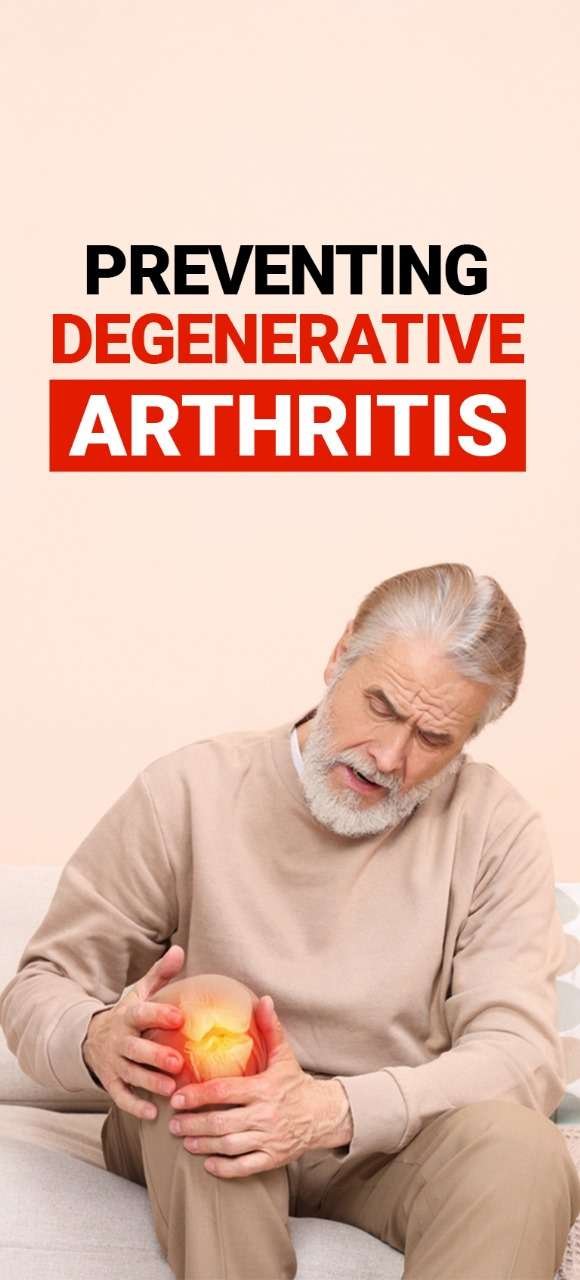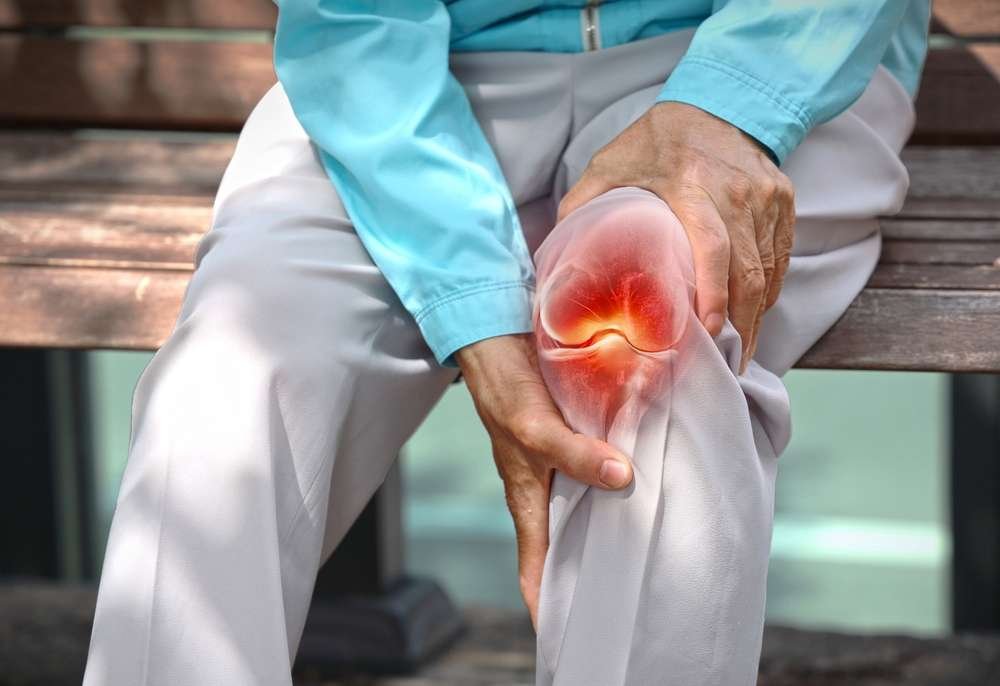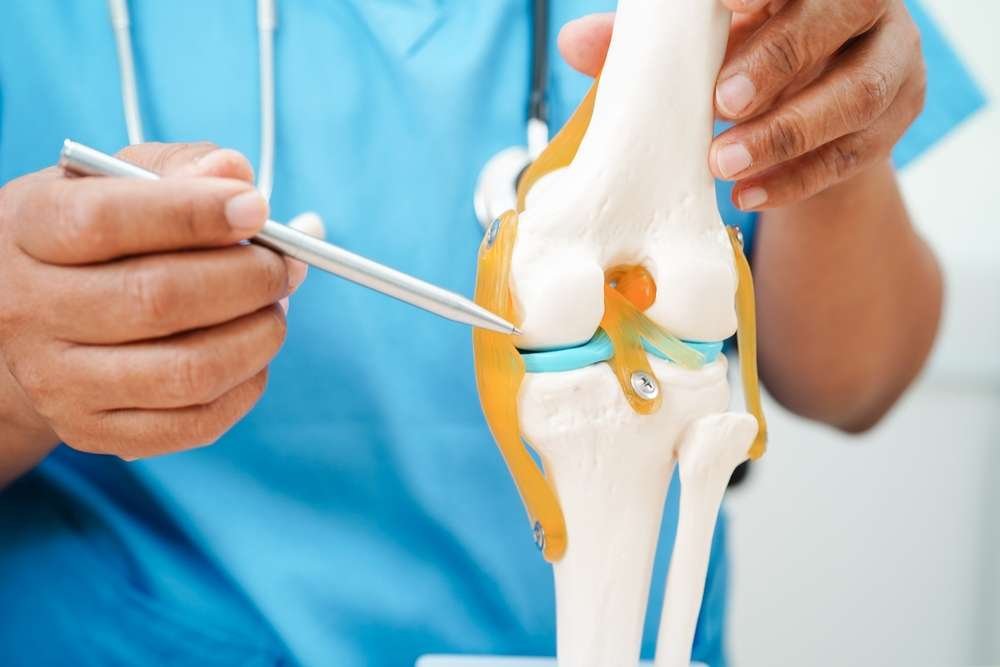


Degenerative arthritis, also commonly referred to as osteoarthritis, is one of the most prevalent joint disorders affecting millions of people worldwide. Characterised by a gradual breakdown of cartilage—the cushioning material at the ends of bones—it often leads to pain, stiffness, inflammation, and reduced mobility. People suffering from degenerative arthritis may find everyday activities like walking, bending, or climbing stairs a challenge. However, the good news is that with the right preventive measures, it’s possible to slow down the progression or even avoid the condition altogether.
In this comprehensive guide, we’ll discuss degenerative arthritis in detail, covering its causes, symptoms, and effective prevention strategies to maintain healthy joints.
Degenerative arthritis occurs when cartilage deteriorates over time, causing bones in a joint to rub against one another. This friction results in pain, stiffness, and swelling. As the disease progresses, the cushioning effect of cartilage decreases further until mobility is significantly impaired.
This condition most commonly affects the weight-bearing joints, such as the knees, hips, and spine. However, it can also appear in other joints like the fingers. While age is often a significant factor, preventing degenerative arthritis is possible because it’s not an inevitable part of aging. Many lifestyle choices and underlying health issues contribute to its onset, which is why preventive steps make such a big difference.
The answer involves a mix of controllable and uncontrollable factors. Understanding the causes can empower individuals to address the risks effectively. Here are the primary causes:
Over time, the cartilage between joints naturally wears down due to repeated use, making older individuals more susceptible.
A family history of degenerative arthritis can increase your likelihood of developing the condition.
Excess weight places significant strain on weight-bearing joints, especially the knees, hips, and lower back. This accelerates cartilage breakdown over time.
Old injuries, such as those from sports or accidents, can weaken the joints’ structures, making them more prone to degenerative arthritis later in life.
Frequent, repetitive motions related to work, sports, or other activities can cause wear and tear on specific joints.
Misaligned joints can lead to uneven stress on cartilage, increasing damage over time.
By addressing these causes, you can take steps to protect your joints and reduce the risks associated with degenerative joint disease.

The knee joint is one of the most common areas impacted by degenerative arthritis. Due to its essential role in supporting body weight and enabling movement, it endures significant wear and tear, especially in individuals who are physically active or overweight.
Preventing the degenerative disease of the knee joint depends on strengthening the muscles surrounding the knee, maintaining a healthy weight, and avoiding activities that place unnecessary stress on the joint. If not addressed early, the degenerative process can worsen and lead to bone-on-bone contact in the knee joint, a hallmark of severe arthritis.
Although arthritis cannot always be prevented, adopting the following practices can significantly reduce your risk and slow the progression of the disease:
Excess weight magnifies the stress placed on your joints, particularly in weight-bearing areas like the knees and hips. Shedding even a small percentage of weight can have a profound effect on joint health and help in preventing degenerative arthritis.
Regular physical activity is essential for maintaining joint flexibility and strengthening the muscles that support joints. Opt for low-impact exercises such as swimming, cycling, walking, or yoga. These activities enhance joint mobility without causing the wear and tear associated with high-impact sports.
A diet rich in anti-inflammatory foods can reduce the risk of joint inflammation and arthritis progression. Focus on:
Standing and sitting with proper posture reduces joint strain, especially in the spine, neck, and hips. Poor posture can lead to joint misalignment, which accelerates cartilage wear and tear.
Minimise repetitive joint movements, especially if your daily tasks involve heavy lifting, kneeling, or continuous motion. Take regular breaks, adjust ergonomic setups, and avoid overexerting your joints.
Daily stretching exercises improve flexibility and prevent stiffness, which is critical for preserving joint movement.
If you’re at risk or are already experiencing early symptoms of degenerative arthritis, consult a physical therapist. They can design customised exercises to strengthen muscles that support your joints, reduce pain, and improve overall function.
By implementing these habits, you can significantly reduce the likelihood of developing pain from degenerative arthritis later in life.
Early symptoms often go unnoticed or are mistaken for minor discomfort. Common signs include:
Recognising pain from degenerative arthritis and addressing it early ensures you avoid long-term damage and maintain your ability to lead an active life.
Degenerative arthritis progresses in stages, each outlining the severity of cartilage loss and joint damage.
Understanding the stages allows individuals to monitor their condition and take action accordingly.

If joint pain persists despite adopting lifestyle modifications, or if symptoms significantly affect everyday activities, it’s time to consult an osteoarthritis specialist. Severe cases of may require medical intervention to alleviate pain and improve mobility.
Preventing degenerative arthritis is possible if you prioritize joint health early in life. Understanding what causes degenerative joint disease and incorporating prevention methods such as maintaining a healthy weight, exercising regularly, and eating a balanced diet loaded with anti-inflammatory nutrients can minimize your risk.
The key to avoiding pain from degenerative arthritis lies in awareness and proactive management. Early diagnosis and appropriate interventions can be life-changing. By putting in consistent effort today, you can preserve your mobility and live a healthier, more comfortable life.
Degenerative arthritis, also referred to as osteoarthritis, is a chronic joint condition where cartilage—the cushioning tissue at the ends of bones—breaks down over time. This results in pain, stiffness, swelling, and limited joint mobility. It is most commonly found in weight-bearing joints such as the knees, hips, and spine.
Common symptoms of degenerative arthritis include:
Degenerative joint disease (osteoarthritis) occurs due to cartilage wear and tear over time. Key causes include:
You should meet the Osteoarthritis Specialist Doctor if:
Exercise helps reduce stiffness, strengthens muscles around joints, and improves joint mobility. Regular movement keeps joints flexible while preventing further degeneration. Low-impact activities are best, as they protect the joints while encouraging healthy movement patterns.
WhatsApp us